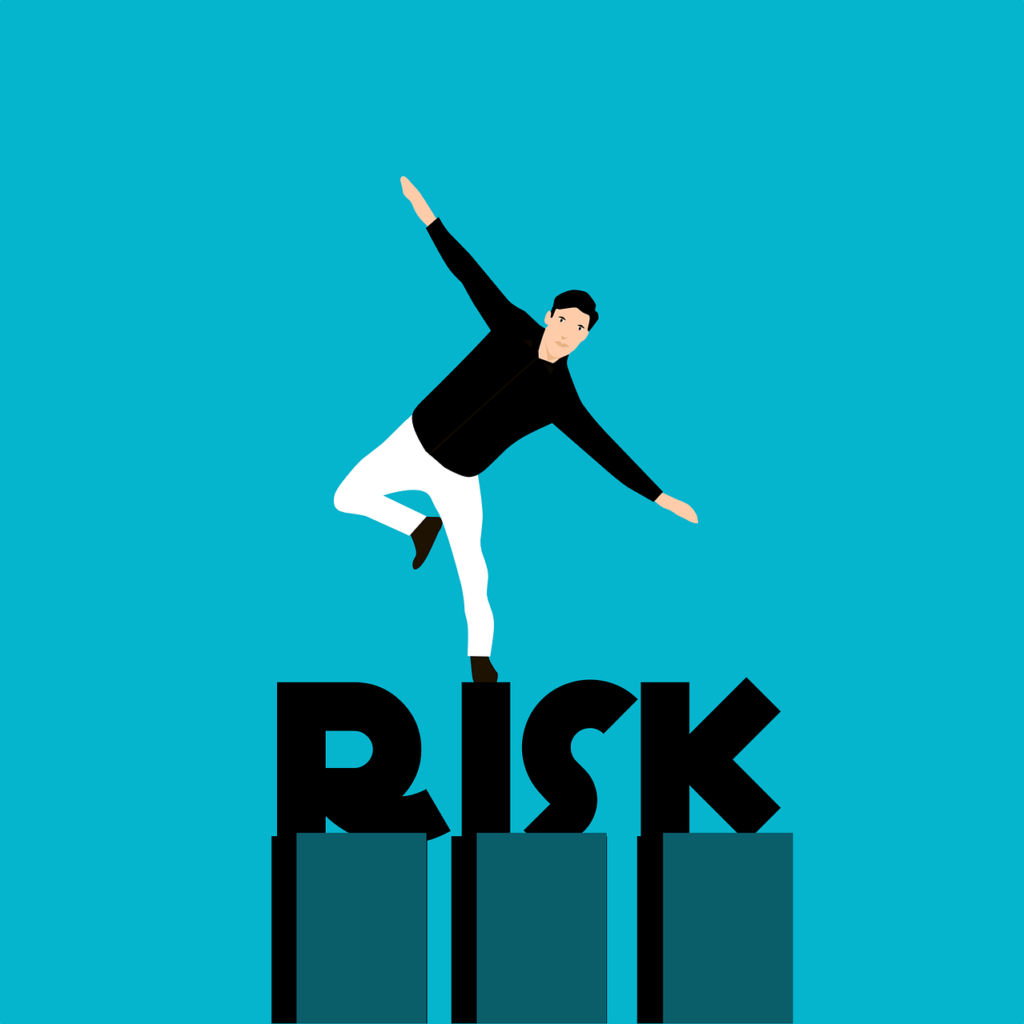The risk management process is one of the most crucial processes that helps the business organization to reduce, minimize or eliminate the current and future risks that may occur. Due to the fast-changing nature of the business environment, it is important for businesses to identify the risks they are facing beforehand in order to mitigate the adverse impacts it may occur to the business process.
The risk management process is identified as a procedure of identifying, monitoring, and managing potential risks with the aim of minimizing the adverse impact that may occur for organizational activities. The most commonly seen potential risks are data losses, cyber-attacks, system failures, natural disasters, political changes, and security breaches. An effective risk management process will help the business to identify the risk levels. It will help to recognize which risks pose the biggest threat to the organization and it will provide guidance to handle the risks with a minimum impact.
There are six main elements of the risk management process.
01. Risk Identification
The initial step of the risk management process is identifying the risk factors by thoroughly evaluating the organizational internal and external environmental factors. The environmental analysis along with the past risk data can be helpful in identifying what risks will impact the business activities.
An enterprise risk assessment process can be used in identifying and prioritizing organizational risks, providing useful data to make management decisions. It will be helpful to formulate effective risk responses including the information about the current state of the organizational capabilities about managing the prioritized risks identified.
Assessing the risk is important for the entire organization including the critical business and functional areas. By effectively applying business strategies, the risk assessment considers attributes such as,
– Impact
– Likelihood
– Velocity
– Persistence
02. Source Risk
Once the risks are identified and prioritized based on the size of the risk impact, the root causes for the risks should be identified. If the risk management team can identify the root cause for the risk, it is easier to eliminate or reduce the risk as well as to prevent the risk from happening again in the future.
Identifying the cause for risks can help the management to design risk metrics and proactive risk responses at the source of the risks.
03. Measure Risks
It is highly important for the risk team o the business measure the risk in order to manage the risks. However, since not all risks are quantifiable, increasing the risk transparency by developing quantitative and qualitative risk practices are the commonly used practice in businesses.
Mentioned below are some of the risk measurement methods that are commonly used by businesses.
– Risk rating or risk scoring
– Sensitivity analysis
– Stress testing
– Claims exposure and cost analysis
– Tracking key variables relating to, and identifying exposure
04. Evaluate Risk
Based on the risks prioritized and the root causes identified in the previous steps, the risk management team has to choose appropriate risk responses. there are four main categories of risk responses.
– Avoid risk
– Accept risk
-Reduce risk
– Share risk
Based on the risk assessment, the risk management team has to decide which risk response has to use for each risk they are facing. The risk responses can e usually be applied to groups of related risks that share common characteristics.
The acceptance or the rejection of the risk is usually identified based on the assessment that explains whether the risk is desirable or undesirable.
Desirable risk – the risk that is inherent in the organization’s business model or usual future business operations. these types of risks can usually monitor and manage by the business effectively.
Undesirable risk- Risks that are off-strategy, offer adverse impacts, and cannot be monitored or managed by the business effectively.
05. Mitigate Risk
Based on the selected risk response, the risk management team has to identify the gaps or faults in the risk management capabilities in the business and take necessary actions to eliminate faults and improve the capabilities to implement the risk response.
throughout the risk mitigation process, the effectiveness of the risk mitigation should be monitored continuously.
06. Monitor Risk
The process of risk management is a continuous process. Hence, it should be thoroughly monitored at each level and necessary measures should be put in place to ensure minimum impact from the risks to the business processes. The process should be monitored and evaluated to ensure the success of the risk elimination.

